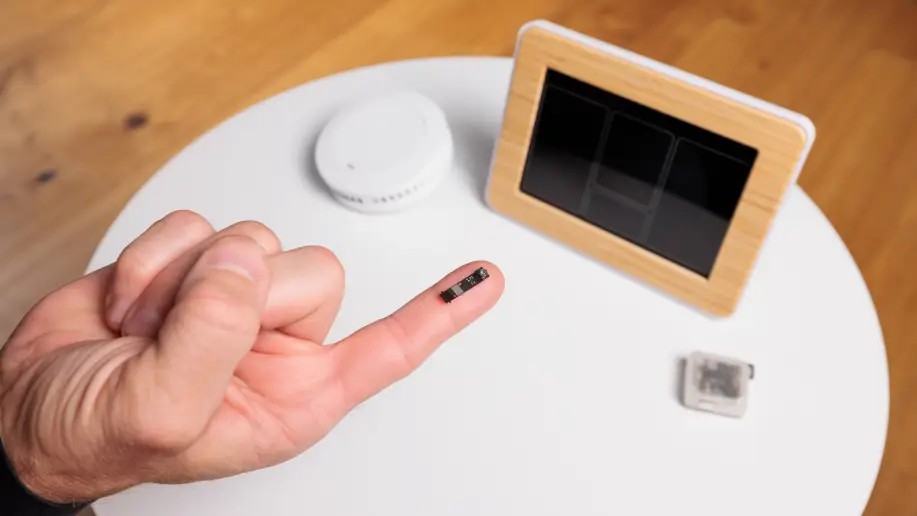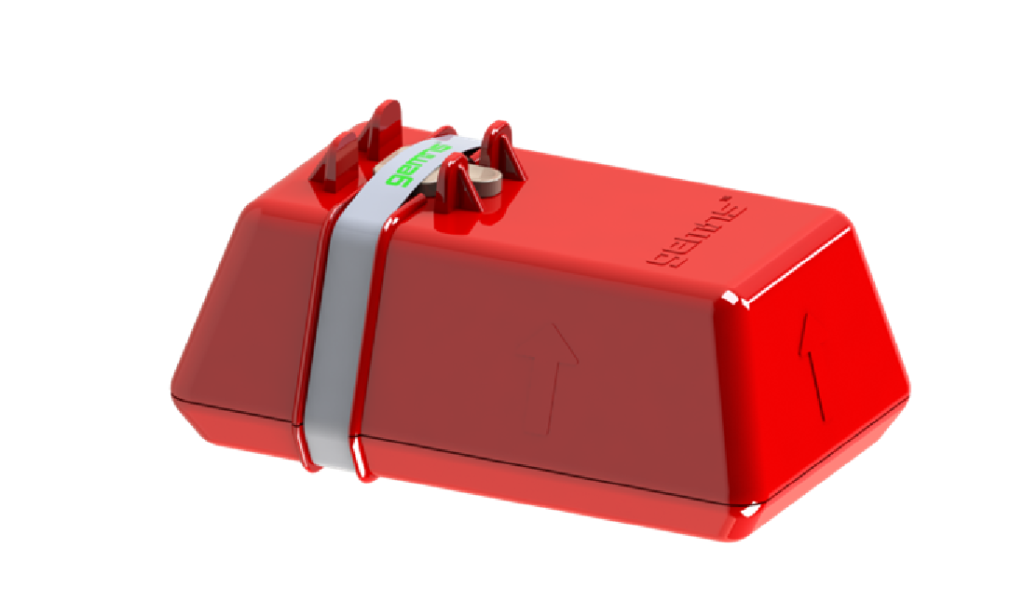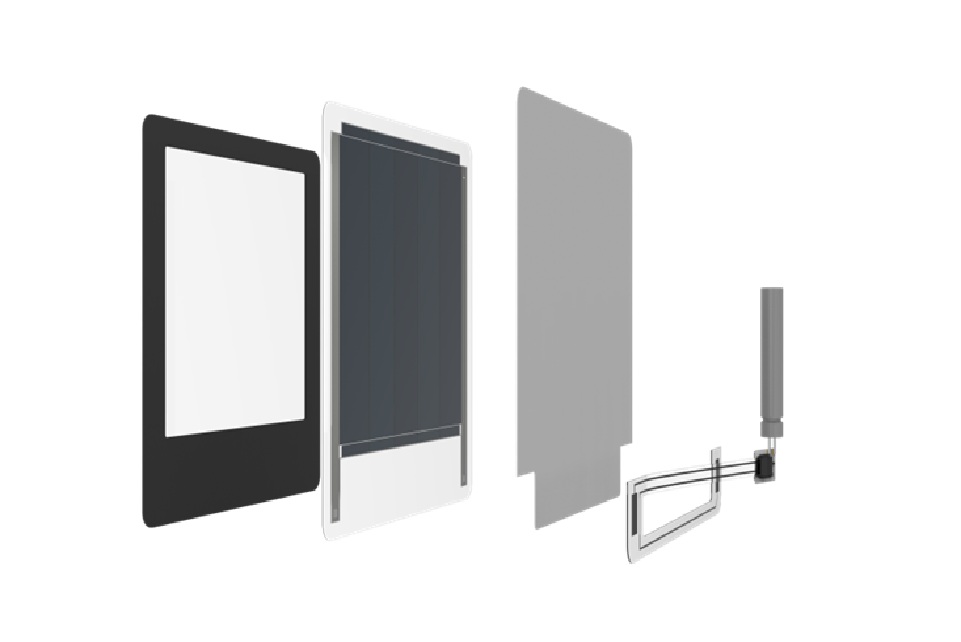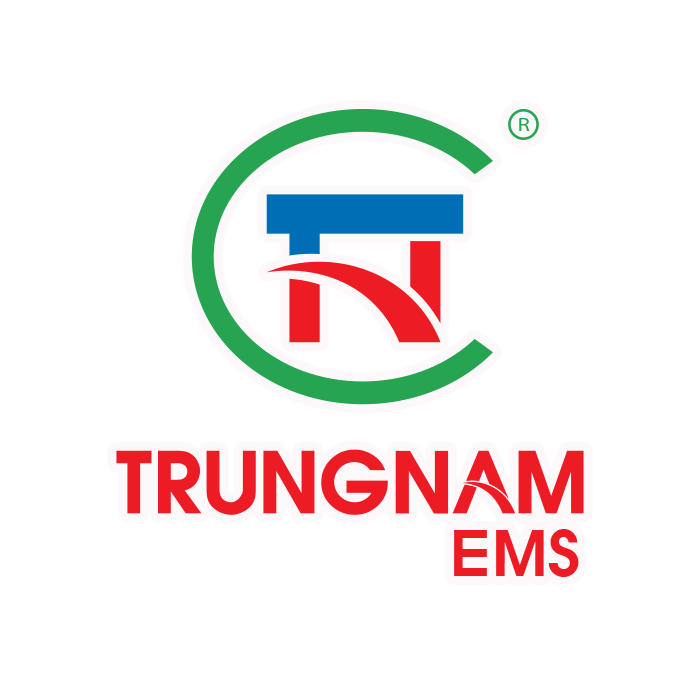A notable trend at CES 2025 was the focus on sustainable power solutions aimed at reducing or eliminating battery reliance. Companies like e-peas and WePower introduced energy-harvesting technologies that utilize ambient energy sources for smart buildings and IoT applications.

Battery-Free Innovations
Recently, e-peas showcased its Ambient Energy Manager (AEM) integrated circuits (ICs), designed to optimize power utilization from various ambient sources. The AEM13920, for instance, supports dual-source energy harvesting and manages power flow to and from storage elements, accommodating thermoelectric, RF, kinetic pulse, and photovoltaic sources. Later, demonstrations included battery-free applications for detecting movement, open doors, and carbon dioxide levels, utilizing the AEM00920 and AEM10920 ICs.
After that, WePower introduced its Gemns energy-harvesting generators (EHGs), including the G100, G200, and G300 models, which leverage electromagnetic induction to harvest kinetic energy. These generators are scalable, offering versatility in industrial, commercial and lighting applications.
Enhanced circuitry has improved their efficiency by approximately 20%, providing a renewable and maintenance-free energy solution for various IoT applications.

Advances in Sensor Technologies
Meanwhile, TDK Corporation unveiled a range of new Micro-Electro-Mechanical Systems (MEMS) sensors suitable for consumer, industrial, and automotive applications. Among these is the InvenSense SmartMotion ICM-42370-P, a 3-axis accelerometer offering industry-leading low noise performance and a measurement range up to ±16 g. This sensor is ideal for applications such as home appliances, security cameras, and wearables.
For industrial applications, TDK introduced the InvenSense SmartIndustrial IIM-42653, a six-axis IMU capable of achieving a gyro-programmable digital output of ±4000 degrees per second and an accelerometer-programmable output of ±32 g. This IMU is particularly suited for Automated Guided Vehicles (AGVs), Autonomous Mobile Robots (AMRs), and drones.

Innovations in Wireless Communication
Firstly, Ceva, Inc. announced the Ceva-Waves Links200, a turnkey hardware and software multi-protocol wireless platform IP supporting Bluetooth High Data Throughput (HDT) and IEEE 802.15.4 for Zigbee, Thread, and Matter compliance. This platform integrates RF components, modem, controller, software stacks, and profiles, facilitating the development of smart edge system-on-chips (SoCs) with multi-protocol wireless connectivity for hearables, wearables, and other wireless consumer electronics.
Secondly, the Links200 solution addresses the complexities of developing smart edge SoCs by providing a comprehensive, ready-to-use platform that supports multiple wireless protocols. This integration offers developers the flexibility to customize solutions and focus on innovation, accelerating time-to-market for new products.
Conclusion
CES 2025 highlighted a clear industry shift towards sustainable, efficient, and compact technologies in power solutions, sensors, and wireless communication. These innovations promise to enhance the functionality and sustainability of future electronic devices, paving the way for more eco-friendly and efficient solutions across various applications.
More information in Electronicproducts


